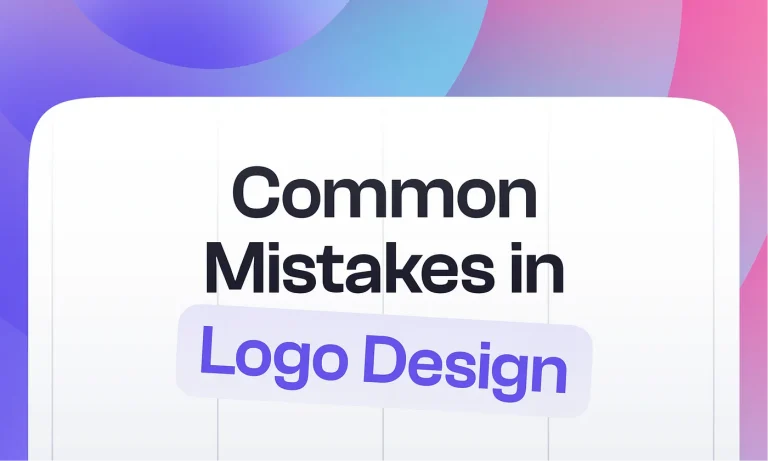UX/UI designers play a crucial role in creating digital products that are intuitive, user-friendly, and visually appealing. However, like any other profession, they can make faults that negatively impact the user experience. In this article, we’ll discuss some of the most common web design mistakes that UX/UI designers can make and how to avoid them.

- Lack of User Research: it is essential to understand the user’s needs, pain points, and behavior to create a product that meets their requirements. Without this research, the design may not be effective and may even frustrate users.
Designers should conduct extensive user research before starting the working process. This research can include surveys, user interviews, usability tests, and competitor analysis. The insights gathered from it can help designers create a product that meets the user’s needs.
- Ignoring Accessibility: accessibility should be a top priority for UX/UI designers. Unfortunately, many designers still overlook this crucial aspect of design. Ignoring it can make it difficult for users with disabilities to use the product, resulting in frustration and potentially limiting the product’s audience.
Each designer should prioritize accessibility and follow its guidelines. This includes ensuring the product is perceivable, operable, understandable, and robust for users with disabilities.
- Overcomplicating the Design: UX/UI designers sometimes try to create overly complex designs, which can confuse and frustrate users. Designers need to ensure that the product’s design is intuitive and easy to use, even for users with limited technical expertise.
Also, try to follow the KISS principle (Keep It Simple, Stupid) and focus on creating a design that is easy to understand and use. The design should be clean, straightforward, and free of unnecessary elements.

- Ignoring Content: The design should complement the content, not overshadow it. Nevertheless, some designers focus solely on creating visually appealing designs, neglecting the importance of the content. Consequently, this can make it difficult for users to understand the product’s purpose or how to use it effectively.
Work closely with the content creators to ensure that the design complements the content. It should highlight the content and make it easy to understand and engage with.
- Inconsistency: inconsistent design elements can confuse users and make the product difficult to use. For example, using different fonts, colors, or icons throughout the product can make it challenging for users to navigate.
Create a style guide that outlines the product’s design elements. By following the style guide, designers can ensure consistency throughout the product, making it easier for users to understand and navigate.

To prevent mistakes, designers should prioritize research, accessibility, simplicity, collaboration, and consistency with a style guide. Consequently, this is crucial to create digital products that are successful and provide a positive user experience for all users.
With continuous learning and improvement, UX/UI designers can deliver products that are both functional and aesthetically pleasing, meeting the evolving needs of users in today’s digital landscape and not following such web design mistakes.
Psss, more exciting topics are coming soon on this platform. Stay tuned!








